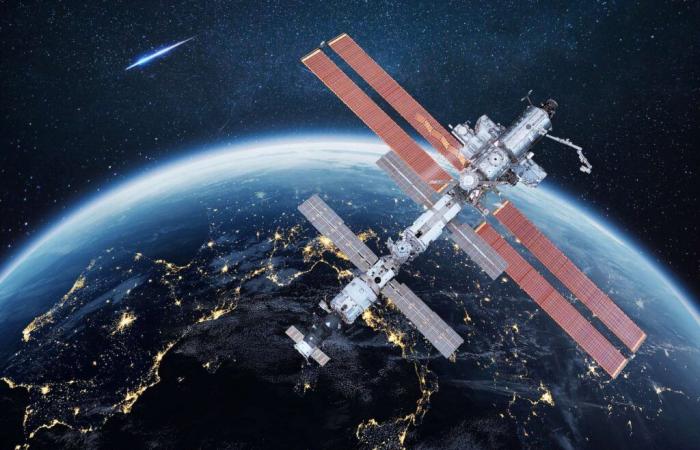NASA is breaking a glass ceiling by raising the option of a non-continuous presence of its astronauts in orbit in the future. Astronaut Pam Melroy, who has flown three times on the Space Shuttle, is implementing a new strategy for microgravity experiments from low orbit.
Taboo subject
For more than twenty years, NASA has ensured the permanence of its astronauts in the International Space StationInternational Space Station (ISS). The American space agency is the largest recruiter of astronauts on the planet so that it always has at least one or two in orbit. NASA also paid a lot for places aboard the Russian ship SoyuzSoyuz during the long period when the United States did not have a ship.
A continued American presence may still make sense today, given that NASA owns part of the modules. But what will happen once the ISS is de-orbited? The station will then give way to one or more commercial stations, of which NASA would then only be a tenant.
At the dawn of a new era of human flight
Pam Melroy announced that she was reviewing NASA’s vision of a continuous astronaut presence during a round table at the International Congress ofastronauticsastronautics (IAC 2024) to MilanMilanlast week.
This global meeting of space exploration was particularly marked by the strong presence of astronautics manufacturers, such as Axiom Space (private and tourist flights to the ISS) which unveiled the design of its new walking suit lunar and which is developing a commercial space station like another player also present at the IAC, the American Vast with its Haven space station project, of which SpaceXSpaceX is a partner.
Other manufacturers, such as Blue Origin or Voyager Space (with Airbus), aim to replace the ISS with their station at the start of the next decade and wish to welcome not only astronauts from NASA, but also from other countries, including including those that have not had many opportunities to send an astronaut into orbit, such as South Korea or the United Arab Emirates.
Geopolitical dimension and Moon
Of course, today, securing a permanent position as a NASA astronaut is mainly supported by a strong political motivation. Could the United States abandon low orbit – even temporarily – to China and Russia who also have a presence?
The problem is that NASA faces budgetary constraints, with a lunar program that tends to cannibalize other scientific missions. Sooner or later, the agency will have to release ballast on manned flight into low orbit if it wants to avoid falling further behind in the Artemis program.






